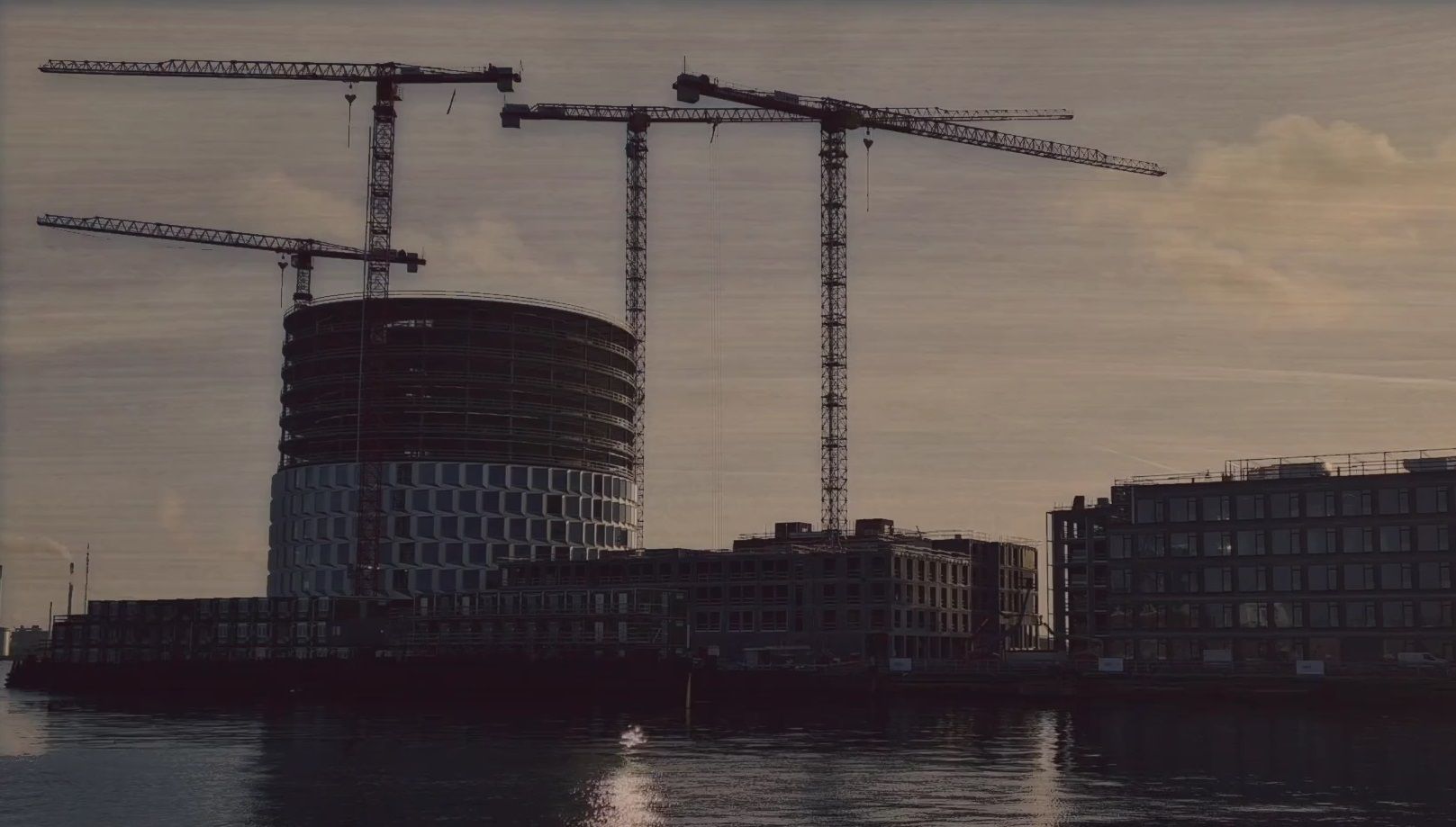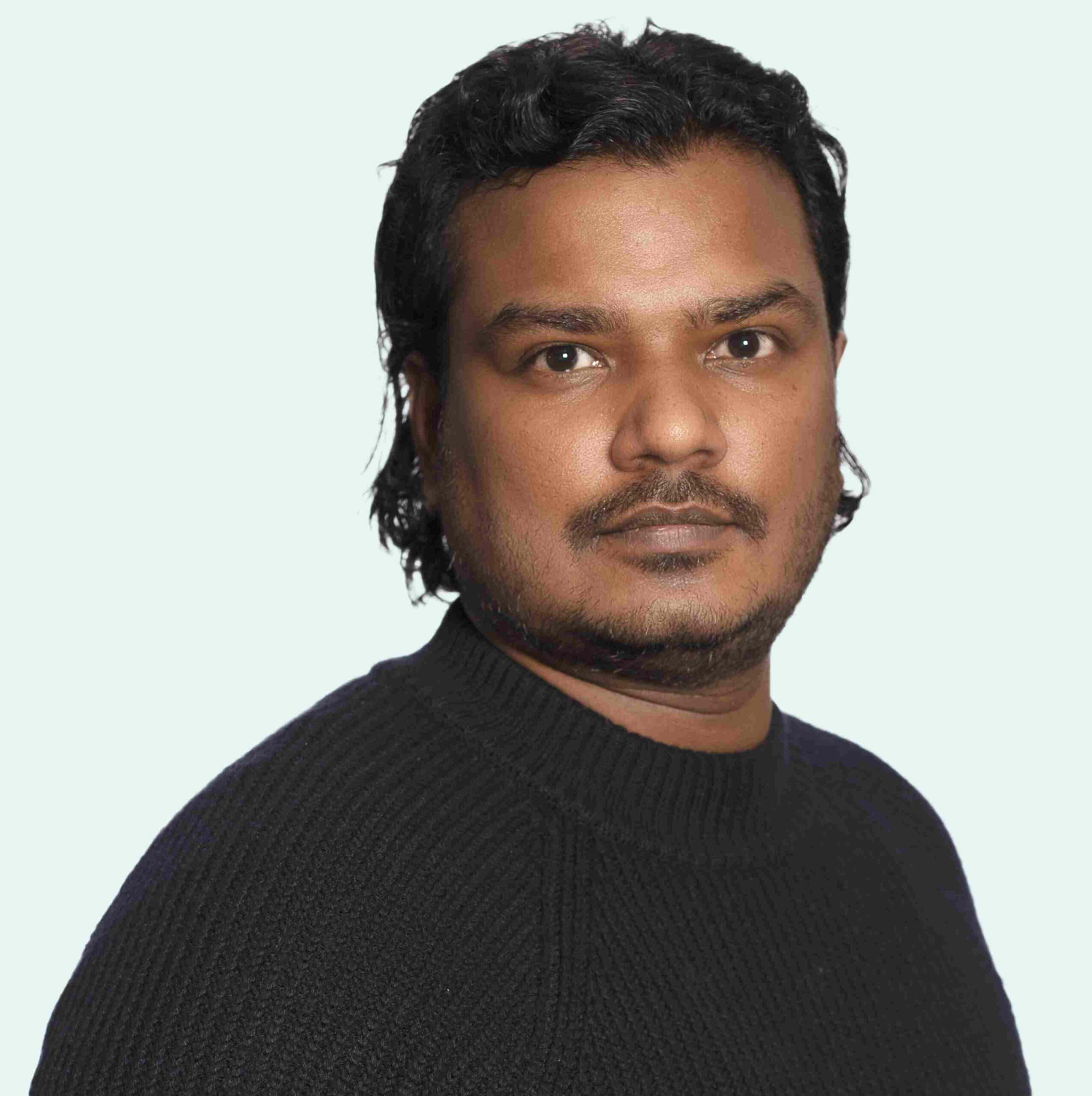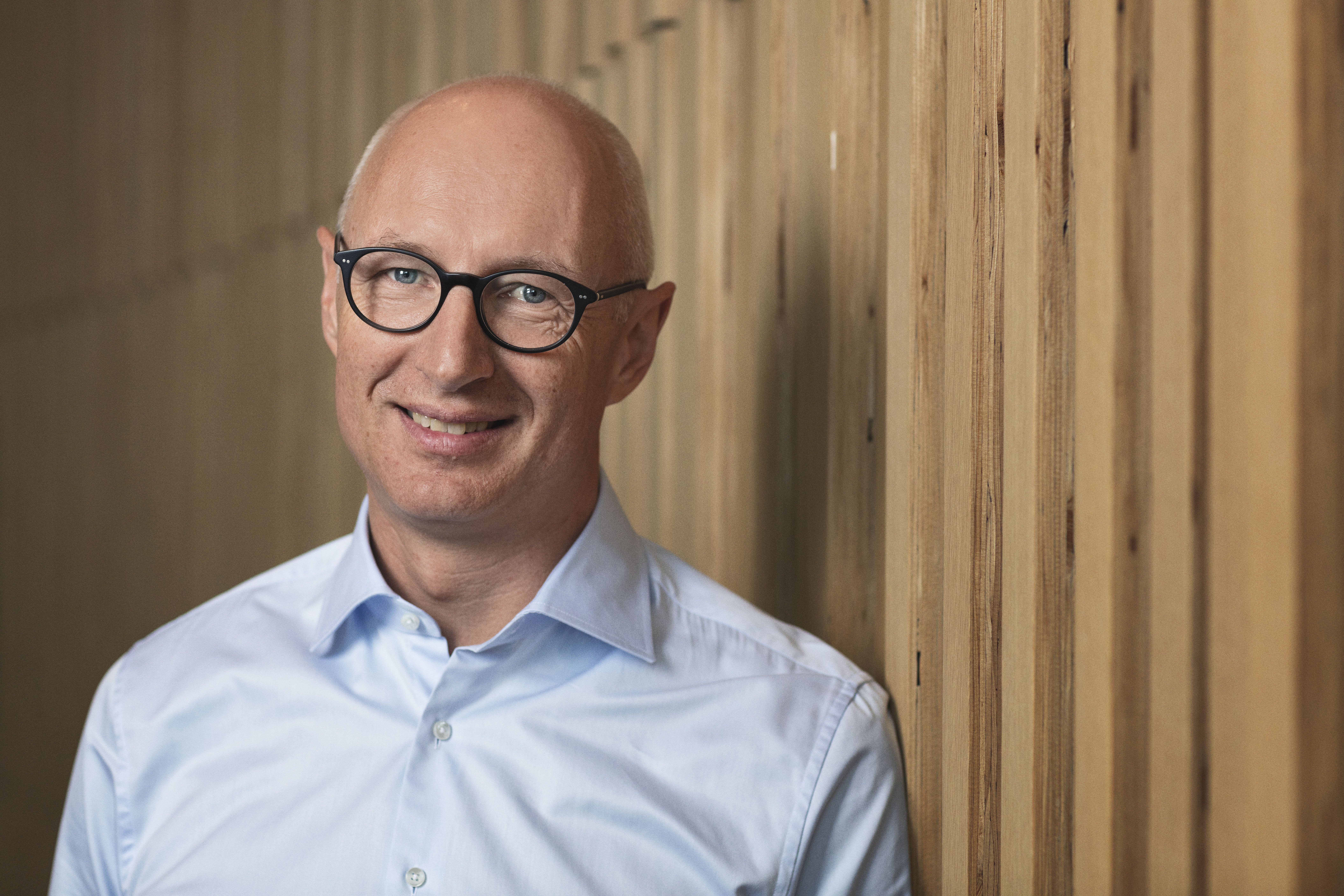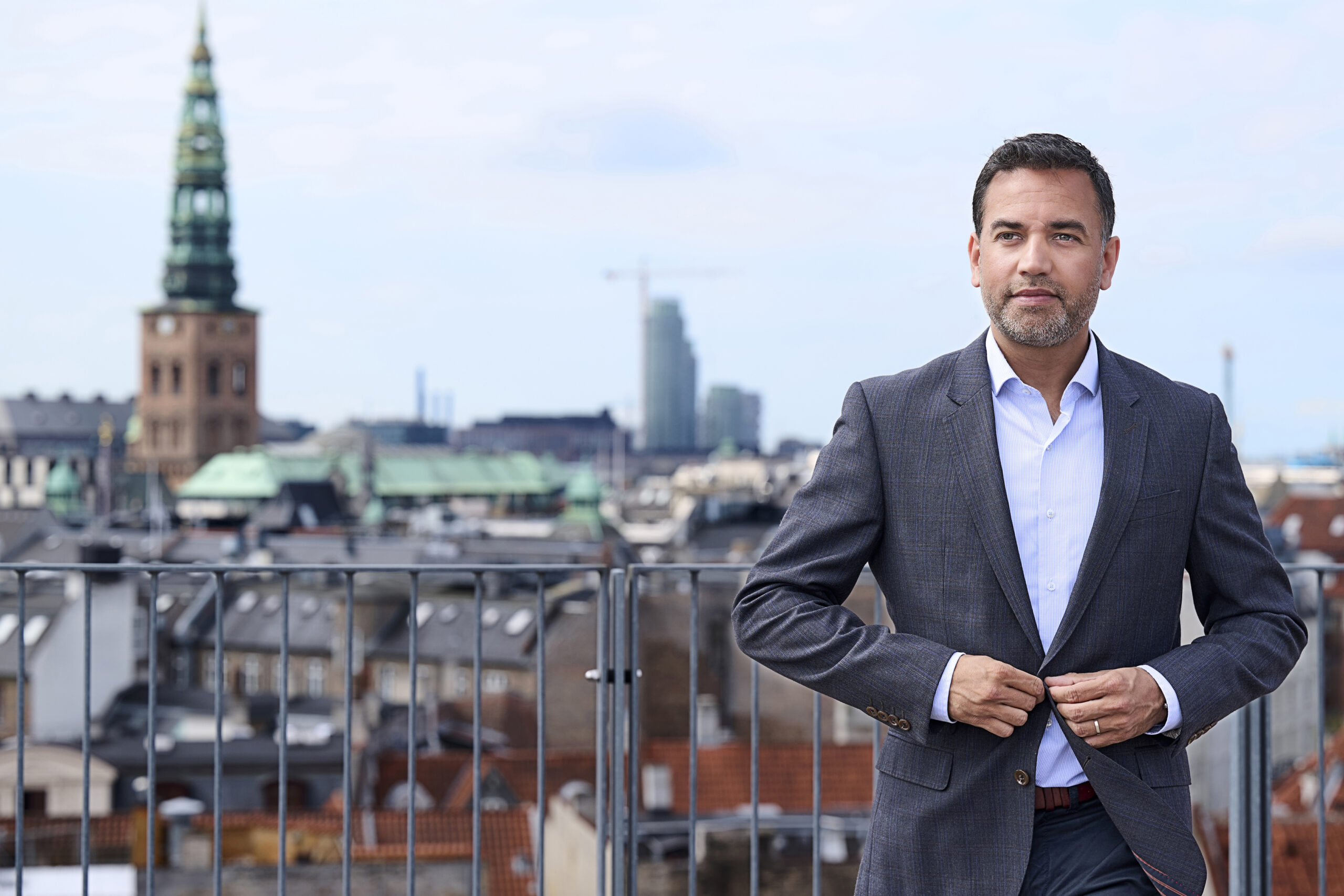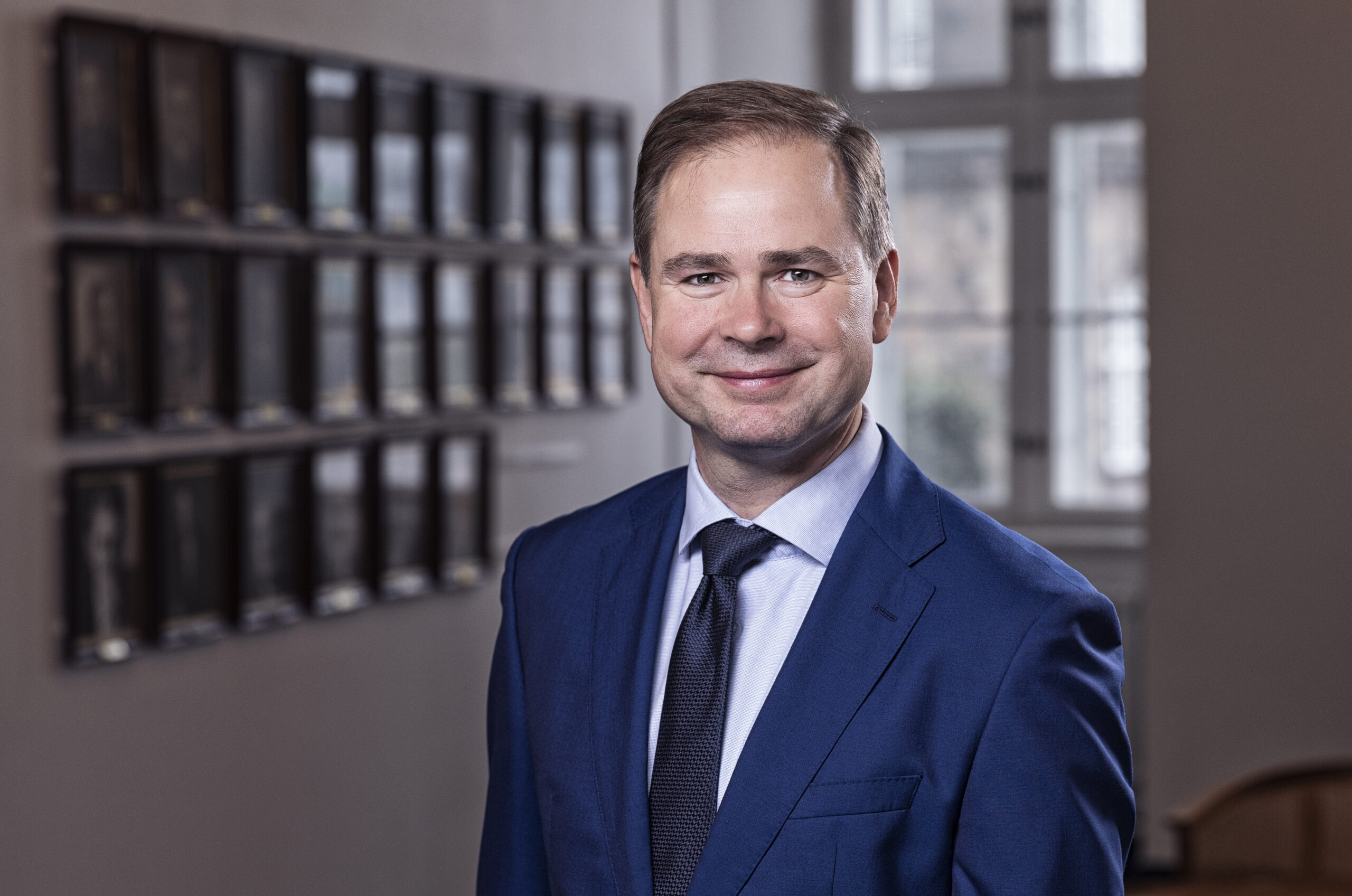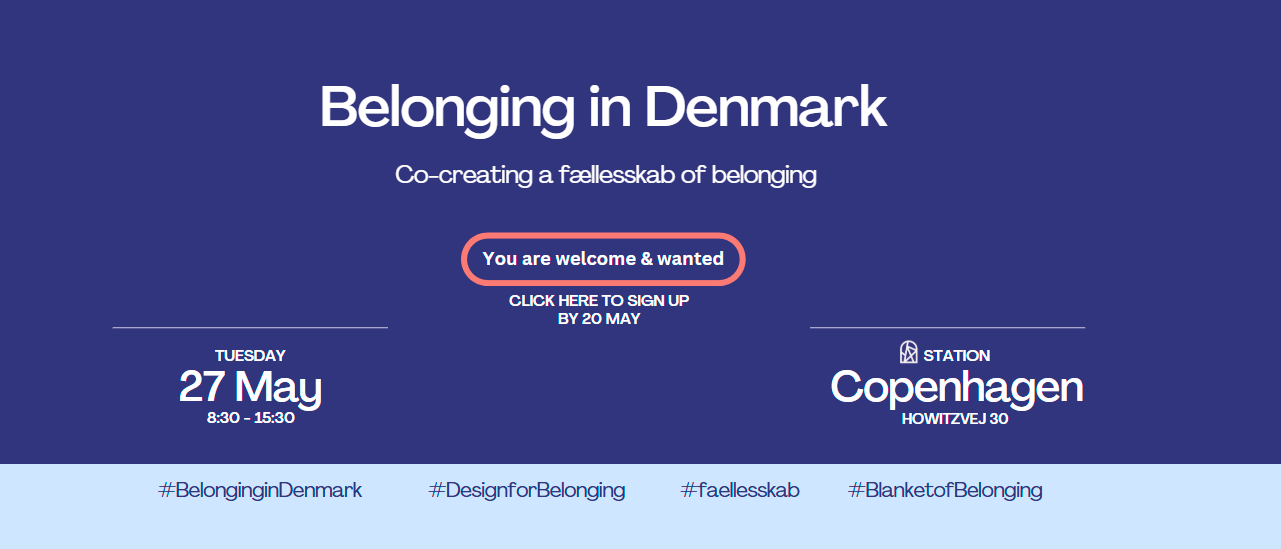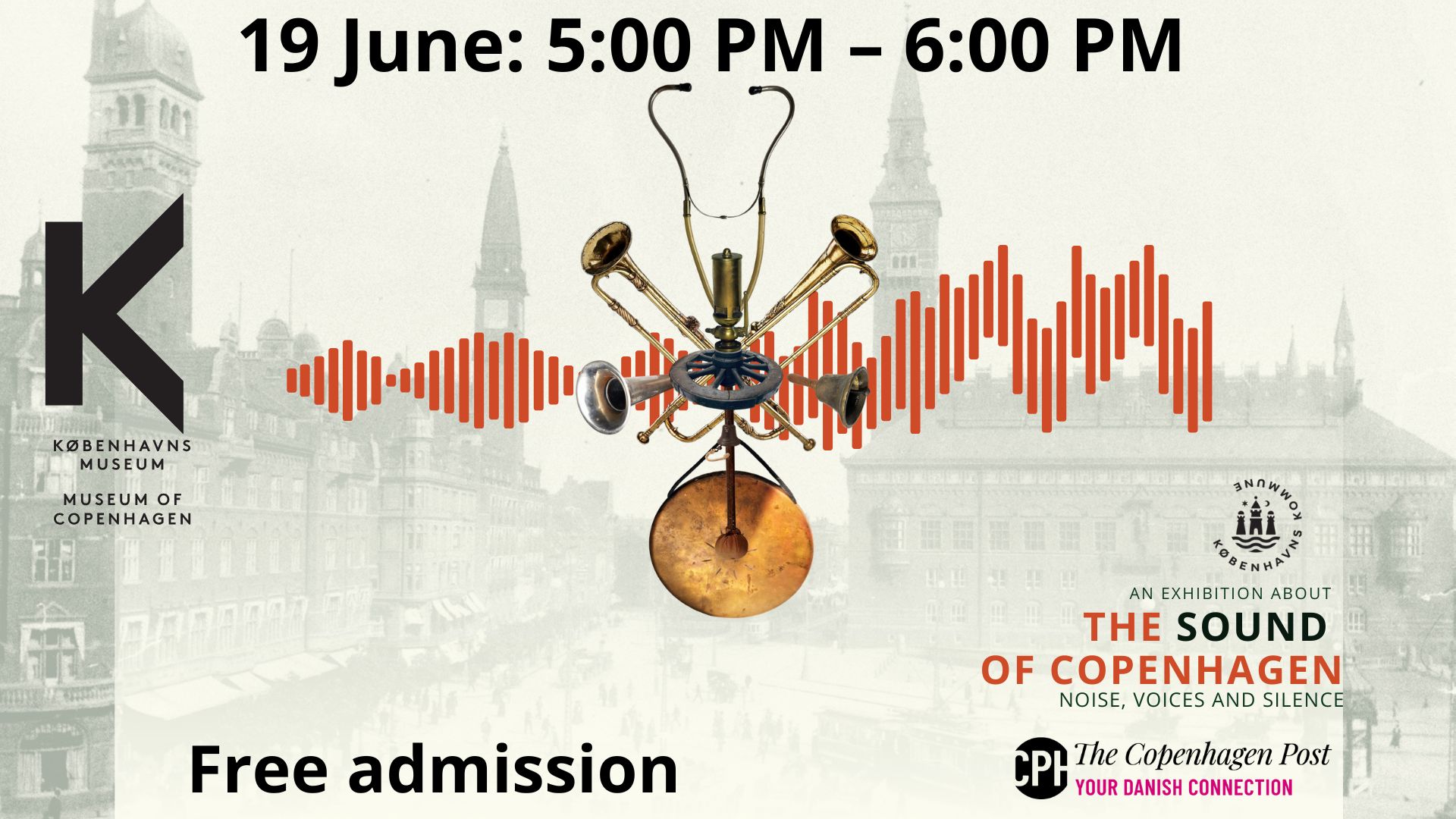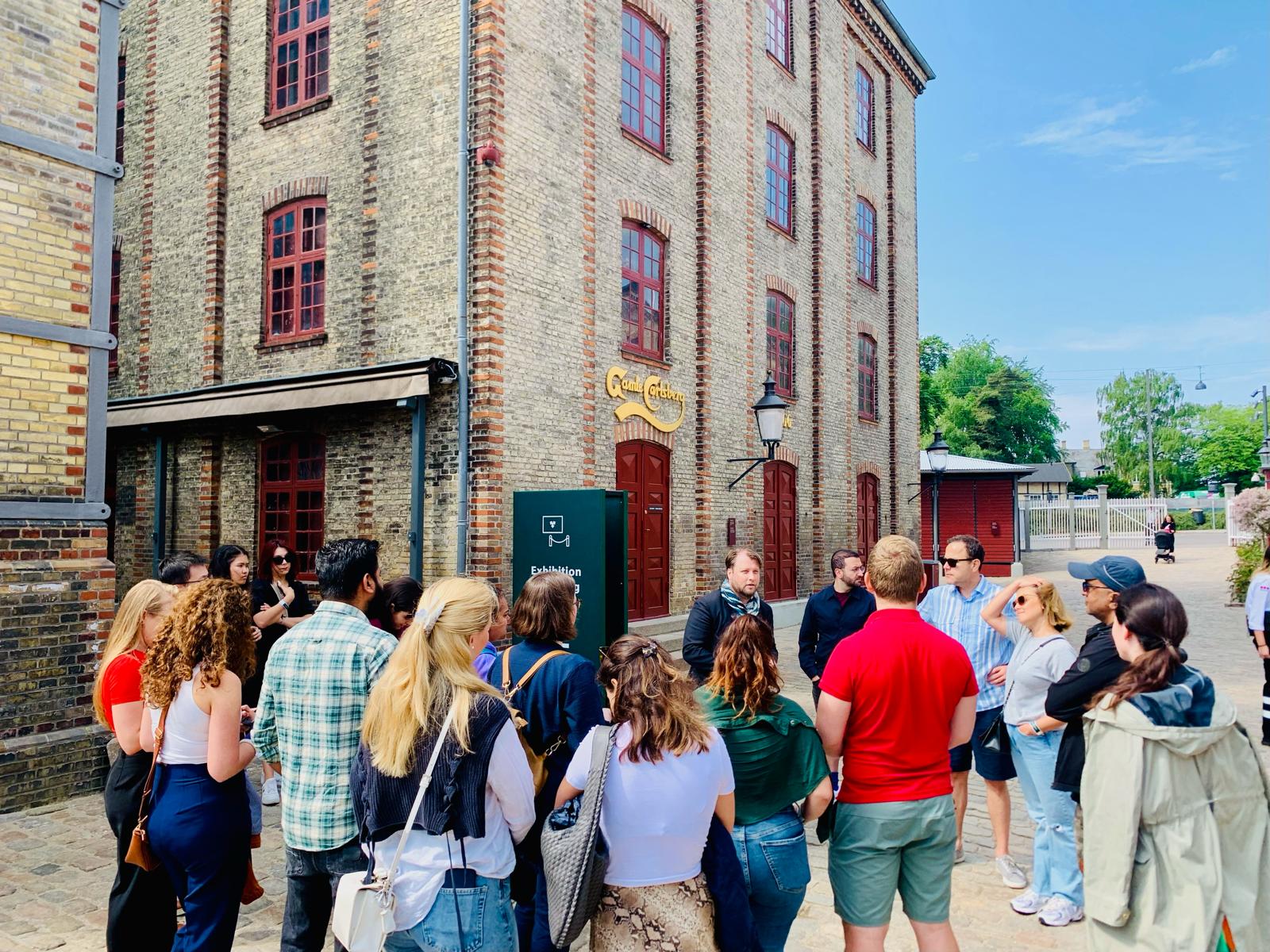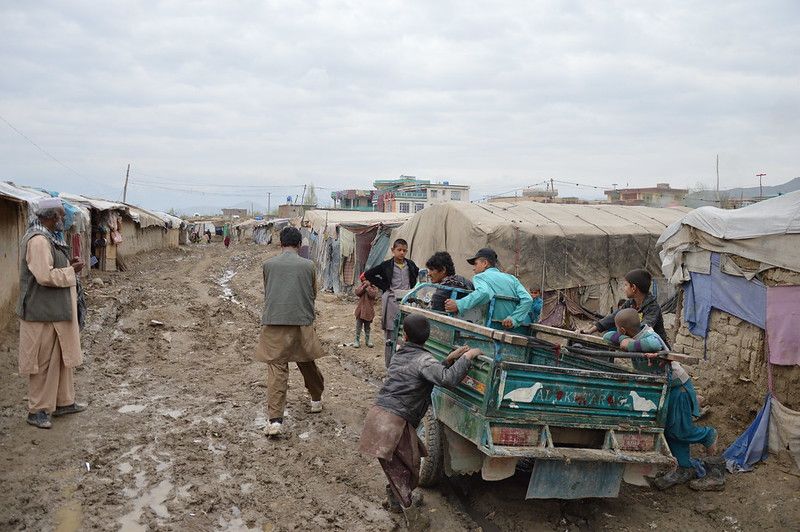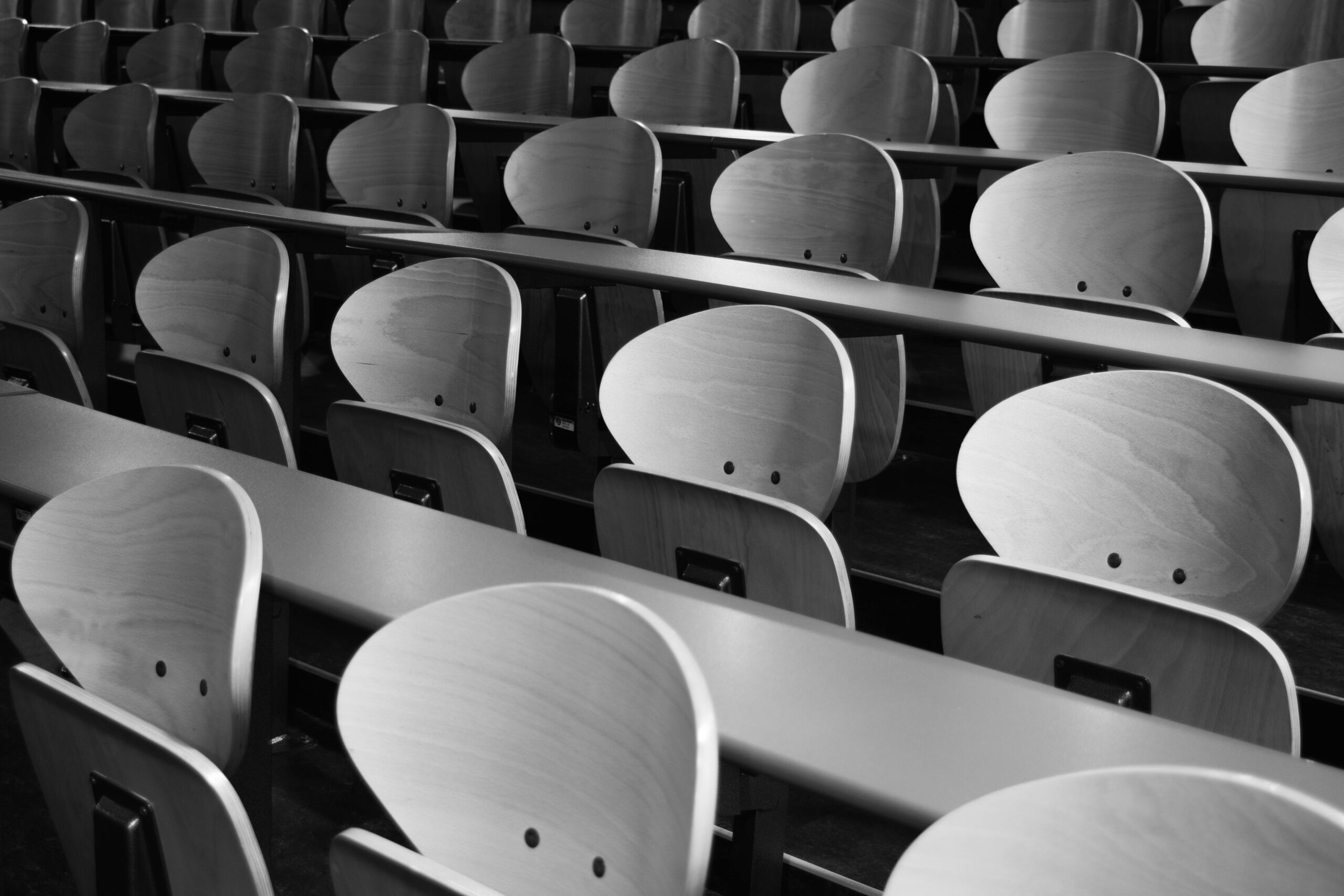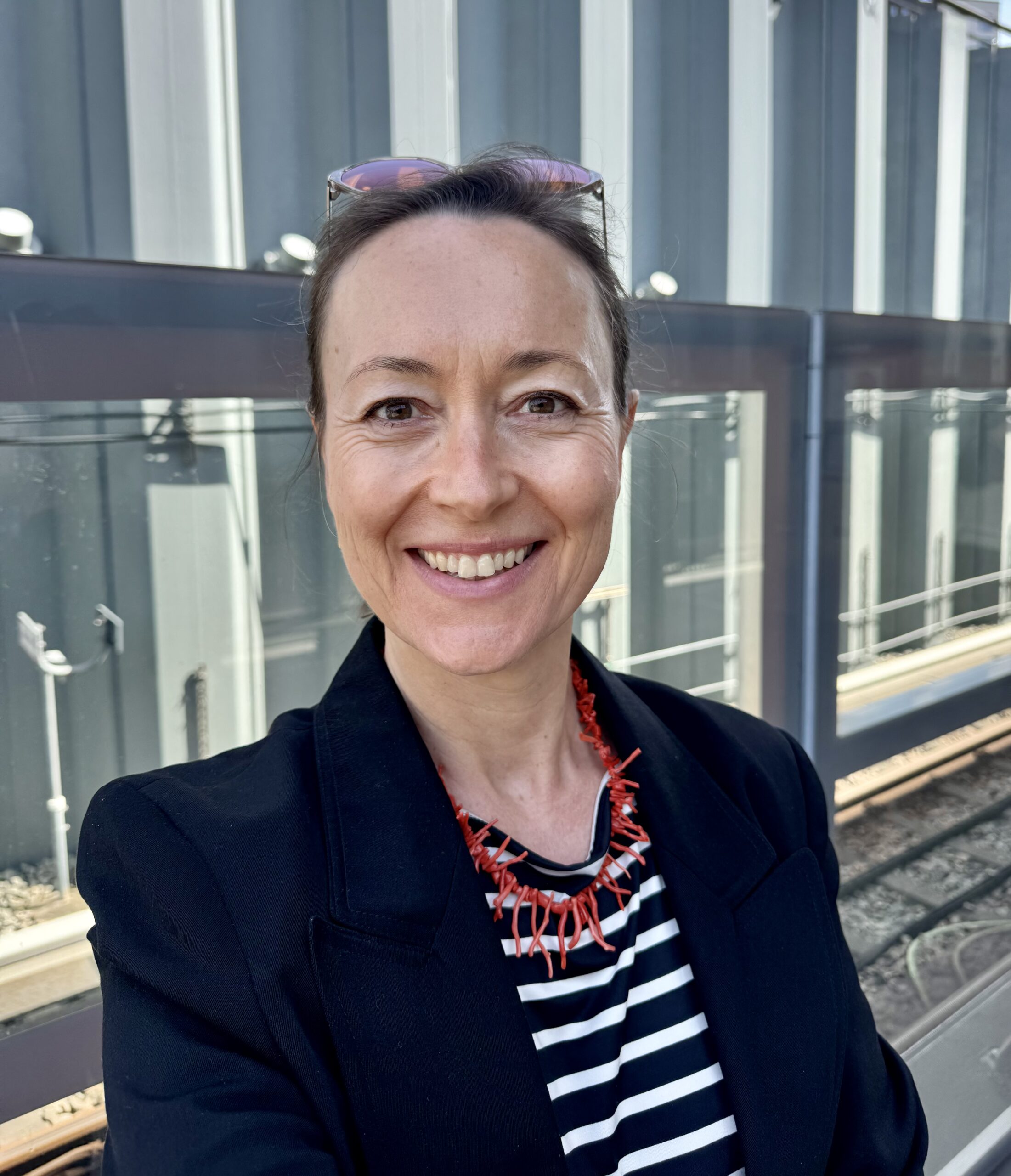Nordhavn in Copenhagen is developing rapidly. It is one of the largest and most ambitious development projects in Scandinavia.
Composer Mons Niklas Schak, who lives in Østerbro and has visited Nordhavn daily since redevelopment began, has observed the gradual changes first hand:
“I have a very close relationship with Nordhavn, visiting the kayak club, the cinema, morning bathing and taking long walks. For many years, I have been down there every day, and therefore I have also had a close relationship with the development that has taken place here,” he says.
His ties to Norhavn began in 2015, when he moved his composing studio out to the studio space Pakhus 47, on the boardwalk stretch Sundkaj. At that time, he was given a workspace with what he describes as “Denmark’s most beautiful view – all the way down Copenhagen Harbor to Langebro.”
The view was the original reason why Schak started taking pictures of Nordhavn – but he quickly noticed that the view – and the whole area – was evolving.
New cranes, building constructions, giant concrete blocks, the closing of canals – all while new land popped up from the surface of the sea.
Over eight years, Schak has taken 4515 photos of the development, which he used to produce the stop motion film Nordhavn Una Corda as a visual testament to the wild development Nordhavn has seen.
For Schak, the Nordhavn narrative was underpinned by his studio and the view. And the changes to these surrounds were tellingly quantified when he moved out: the address was no longer called Sundkaj 7, but rather Sundkaj 127 – a difference of 120 numbers.
Watch the stop-motion film Nordhavn Una Corda here.
Nordhavn: From industrial port to modern and attractive urban areas
Nordhavn is more than gourmet restaurants and harbour bathing, the UN building and rapidly developing architecture.
Between the modern facades hide large, old industrial buildings that do not rhyme with modernization. In these industrial buildings lies a story that gives us an insight into Copenhagen’s industrialisation.
A rapidly growing port industry and shipping started the development of Nordhavn at the end of the 19th century. At the time, the area was called the Frihavnen, and the newly established industrial port provided harbour for everything that a rapidly growing society needed.
In 1915-20, Frihavnen was expanded with Redmolen, Sundmolen, Kronløbsbasinet and Orientbassinet. Later Levantkaj and Skudehavnen were added, which today form the innermost part of Nordhavn.
“It may seem strange when today you are met by a modern urban area with cinemas and shopping opportunities. But this was how the conditions were for a long time through the 20th century,” explains Schak.
“My neighbour Keld has lived in Østerbro for 87 years and was a port worker in Frihavnen all his life. He still associates with the small working environment that is still there today, despite the fact that there are probably only 5 workers left from that time,” he says.
“But there is no doubt that the hard physical work created a strong working-class environment with close unity among those who worked in Frihavnen at the time.”
Almost twenty years ago, in 2005, Copenhagen Municipality and the government entered into an agreement on the development of Nordhavn – and so began one of Scandinavia’s largest and most ambitious urban development projects.
Nordhavn is a land reclamation project, whereby surplus land from other development projects – in this case Metrobyggeriet and Nordhavnsvejen – is used.
Today, the historic industrial port area is on its way to becoming the Nordhavn of the future, featuring an attractive urban area with homes, shops, schools and workplaces.

